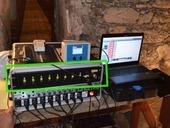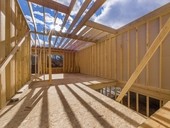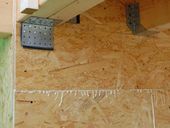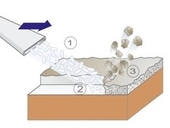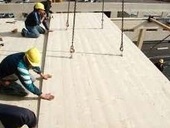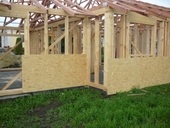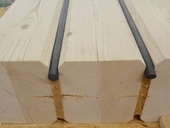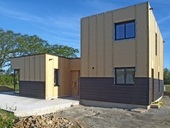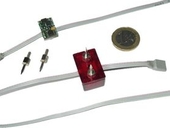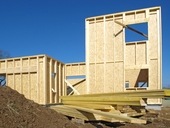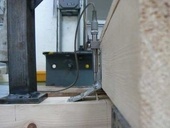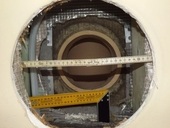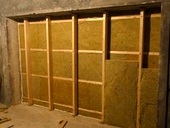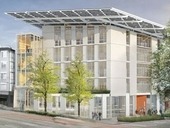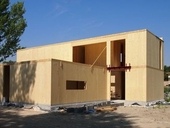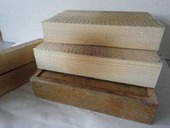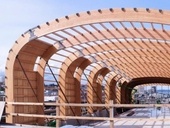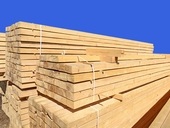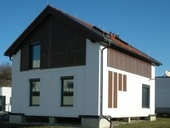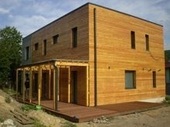The paper presents the Acoustic Pack device which can record sound emitted by wood-destroying insect larvae while eating wood mass. It records the sound with up to eight sensors at once in several-hour records using high quality acoustic signal recording system. While detecting, it is also possible to hear an activity on a certain element in the structure. This makes it possible to obtain a complete view of the condition of elements with a graphic output of the activity and sound records. Thanks to these advantages, the acoustic system has become a great helper in the detection of damage and in the status analysis of attacked elements in the structure.
Newsletter
Přihlaste se k odběru newsletteru a my vám každý týden pošleme přehled toho nejlepšího z TZB-info!
více o newsletteru
